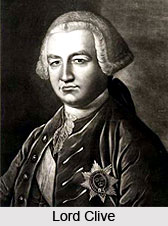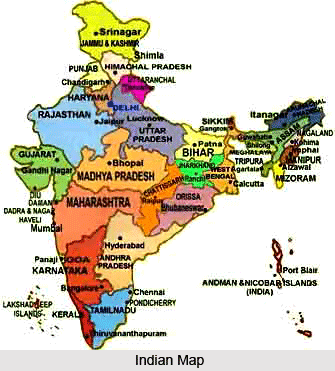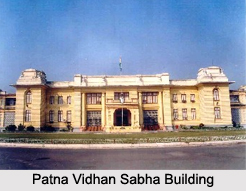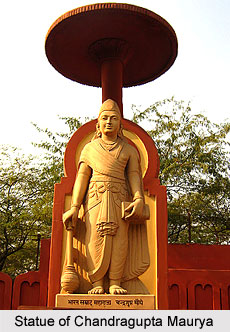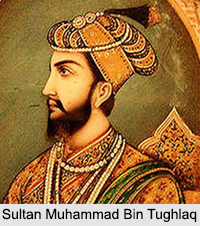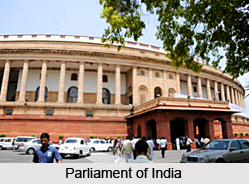 Parliamentary Committees assist the Houses of Parliament in the efficient discharge of their functions and in giving close consideration to legislative and other matters that come up before them. A good deal of parliamentary business is transacted in the Committees as the time at the disposal of the Houses is limited and insufficient to make a thorough and detailed examination of the varied and voluminous legislative and other work to be transacted in Parliament. Through the various parliamentary devices like questions and debates, it is not able to exercise more than a sporadic supervision of administration. In order to make parliamentary surveillance more effective and meaningful and ensure accountability of the Executive to Parliament, the role of Parliamentary Committees is vital. The review of administrative action and the examination of numerous and complicated legislative and budgetary proposals and subordinate legislation require expertise and close scrutiny which is not possible in the Houses of Parliament with the Lok Sabha consisting as it does of 545 members and Rajya Sabha of 245 members.
Parliamentary Committees assist the Houses of Parliament in the efficient discharge of their functions and in giving close consideration to legislative and other matters that come up before them. A good deal of parliamentary business is transacted in the Committees as the time at the disposal of the Houses is limited and insufficient to make a thorough and detailed examination of the varied and voluminous legislative and other work to be transacted in Parliament. Through the various parliamentary devices like questions and debates, it is not able to exercise more than a sporadic supervision of administration. In order to make parliamentary surveillance more effective and meaningful and ensure accountability of the Executive to Parliament, the role of Parliamentary Committees is vital. The review of administrative action and the examination of numerous and complicated legislative and budgetary proposals and subordinate legislation require expertise and close scrutiny which is not possible in the Houses of Parliament with the Lok Sabha consisting as it does of 545 members and Rajya Sabha of 245 members.
A Parliamentary Committee in Lok Sabha, by formal definition, means a Committee which is appointed or elected by the House in pursuance of a motion, or nominated by the Speaker and which works under the direction of the Speaker and presents its report to the House or to the Speaker and the Secretariat for which is provided by the Lok Sabha/Rajya Sabha Secretariat. But not every Committee consisting of members of Parliament is a Parliamentary Committee. There are other Committees consisting entirely of members of Parliament, e.g. Consultative Committees attached to various ministries and departments, but they are not Parliamentary Committees.
The origin of Committee system in India can be traced back to the first Legislatures after the advent of British rule in India under the Charter Act of 1853 and the Government of India Act, 1919.
After the Constitution came into force, the Committee system underwent transformation. Taking advantage of the past experience, an organised system of Committees was adopted by Lok Sabha right from its beginning in 1952. Not only did the number of Committees increase but their functions and powers were also enlarged. A full fledged Committee system in our Parliament got established with the setting up of 17 subject based/departmentally related Standing Committees to cover the entire gamut of Government activities. The initiative for setting up such Committees was taken during the eighth Lok Sabha period when three Committees on Science and Technology, Agriculture and Food, and Environment and Forests were set up. The seventeen new Committees were set up during the period of the Tenth Lok Sabha. [By the Fourteenth Lok Sabha the number of these Committees has risen to 24]. Also, among the more recent parliamentary committees are (i) the committee of the two houses called the Committee on the Empowerment of Women and (ii) the Lok Sabha Committee on Members of Parliament Local Area Development Scheme.
The composition of the Committees represents all sections of the House and shades of opinion. The different Parties and Groups are represented on the Committees in proportion to their respective strength in the House. As such, a Committee is a microcosm of the whole House. The proceedings in the Committees are less formal and the procedure is more flexible than in the House. Unlike in the House, a member can speak more than once in a Committee. This leads to more comprehensive and judicious consideration of the issues under consideration of the Committees. Moreover, the Committee system saves the time of the House for the discussion of important matters and prevents Parliament from getting lost in details and thereby losing hold on matters of policy and broad principles.
There are two types of Parliamentary Committees in India viz. (i) Standing Committees and (ii) Ad-hoc Committees.
Standing Committees are those which are constituted by the House or the Speaker every year or from time to time, as the case may be and are permanent in nature in the sense that they examine different issues and present their reports to the House or the Speaker from time to time during their term. Ad hoc Committees are appointed for a specific purpose and they become fund us offido as soon as they have completed the task assigned to them and presented their report.
Standing Committees may be categorised in terms of the nature of their functions as follows:
i. Financial Committees, e.g. Committee on Estimates, Committee on Public Accounts and Committee on Public Undertakings
ii. Subject Committees or Departmentally Related Standing Joint Committees of the two Houses
iii. House Committees, that is, Committees relating to the day to day business of the House, e.g. Committee on Absence of Members from the Sittings of the House, Business Advisory Committee, Committee on Private Members` Bills and Resolutions and Rules Committee
iv. Enquiry Committees, e.g. Committee on Government Assurances, Committee on Subordinate Legislation, Committee on Papers Laid on the Table and Committee on the Welfare of Scheduled Castes and Scheduled Tribes.
v. service Committee, e.g. General Purposes Committee, House Committees, Library Committee and Joint Committee on Salaries and Allowances of Members of Parliament.
Ad hoc Committees may be broadly put into two categories:
i. Select or Joint Committees on Bills which are appointed to consider and report on particular Bills.
ii. Committees which are constituted from time to time to inquire into and report on specific matters. Thus Railway Convention Committee is an Ad hoc Committee which is appointed from time to time to examine the finances of the Railways and to review the rate of dividend which is payable by the Railway undertaking to the general revenues.
Members of Rajya Sabha are also associated with the Committee on Public Accounts, Committee on Public Undertakings, Committee on the Welfare of Scheduled Castes and Scheduled Tribes and the departmentally related Committees.
In the case of Committee on Public Accounts, as per established convention, a member belonging to one of the major Opposition Parties/Groups is appointed Chairman of the Committee.
Sittings of Parliamentary Committees are held in private. It is not permissible for a member of the Committee or any one else who has access to the proceedings of the Committee, to communicate, directly or indirectly to the press any information regarding its proceedings etc. before its report has been presented to the House. There are no public hearings before the Committees and the press is not permitted.
The three Financial Committees play a crucial role in the task of a detailed scrutiny of governmental spending and performance, thereby securing the accountability of the administration to Parliament in financial matters. They are the watch dogs of Parliament. The accountability of the administration to the Parliament is not direct and is exercised through Ministers, but in the Committees, the civil servants come face to face with Committees when they are called for oral evidence and are subjected to extensive examination. The relentless crusade of the Financial Committees to this end keeps the administration on its toes. The elaborate procedure for follow-up of the recommendations of these Committees by way of `Action Taken Reports` is essentially an Indian innovation.
In addition to the three Financial Committees, the subject-based, departmentally- related Committees embrace the entire spectrum of administration for in in-depth and continuous scrutiny of administrative performance and have strengthened the process of accountability and parliamentary surveillance.
The number of Departmentally Related Standing Committees has since gone up to 24. The changes have been as follows:
i. Committee on `Food, Civil Supplies and Public Distribution` is renamed as the Committee on `Food, Consumer Affairs and Public Distribution`,
ii. Committee on `Labour and Welfare` is renamed as Committee on `Labour` only.
iii. Committee on `Petroleum & Chemicals` is renamed as Committee on `Petroleum and Natural Gas`.
iv. Committee on `Urban and Rural Development` becomes a Committee on `Rural Development` only.
v. Committee on `Transport and Tourism` becomes a Committee on `Transport, Tourism and Culture`.
The seven new Committees created are: (a) Committee on Chemicals and Fertilisers; (b) Committee on Coal & Steel; (c) Committee on Water Resources; (d) Committee on Health and Family Welfare; (e) Committee on Personnel, public grievances, Law and Justice; (f) Committee on Social Justice and Empowerment; (g) Committee on Urban Development.
